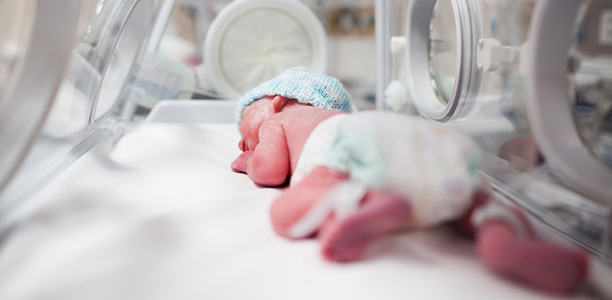A Caesarean section delivery at full dilation may raise the risk of premature birth in a subsequent pregnancy, new research reveals.
The finding by clinicians and researchers from Sydney’s Royal Prince Alfred Hospital and the University of Sydney was reported in Australian and New Zealand Journal of Obstetrics and Gynaecology.
The authors say the finding may warrant the referral of women who have had C-section at full dilatation to a high-risk obstetric or preterm birth clinic for subsequent pregnancies.
The finding is based on a retrospective cohort study of 2672 women done over a 25-year period (1989-2015) who had an emergency C-section. 80% of these women had a C-section during the first stage of labour and 20% at full dilation of the cervix.
Key findings
- C-section at full dilatation more than doubles the risk of a spontaneous preterm birth in a subsequent pregnancy, compared to caesarean section in the first stage of labour.
- C-section at full dilatation more than triples the risk of a spontaneous preterm birth before 34 weeks in a subsequent pregnancy, compared to caesarean section in the first stage of labour.
- The risk of spontaneous preterm birth in a subsequent pregnancy was 1.4 times higher at any given time from 20 weeks to full term during a subsequent pregnancy, compared to C-section in the first stage of labour.
“Preterm birth is a multifaceted public health concern for which many risk factors are still unknown,” says study co-author Dr Joanne Ludlow, an obstetrician and gynaecologist at Royal Prince Alfred hospital and senior clinical lecturer at the University of Sydney’s Discipline of Obstetrics, Gynaecology and Neonatology.
C-section performed at full dilatation is associated with a higher risk of postpartum haemorrhage, operative morbidity, visceral injury and prolonged hospital stay.
“Our study has shown a statistically significant two-fold increase in the rate of spontaneous preterm birth among women who had a fully dilated C-section compared with C-section in the first stage of labour.
“Cervical trauma leading to premature cervical shortening in a subsequent pregnancy is thought to be one factor leading to spontaneous preterm birth and is more common during a C-section performed at full dilatation.
“Thus, counselling women after they have had a second stage C-section should include the need for closer cervical surveillance and measures to prevent spontaneous preterm birth in a subsequent pregnancy.”
(Source: The University of Sydney, Australian and New Zealand Journal of Obstetrics and Gynaecology)










